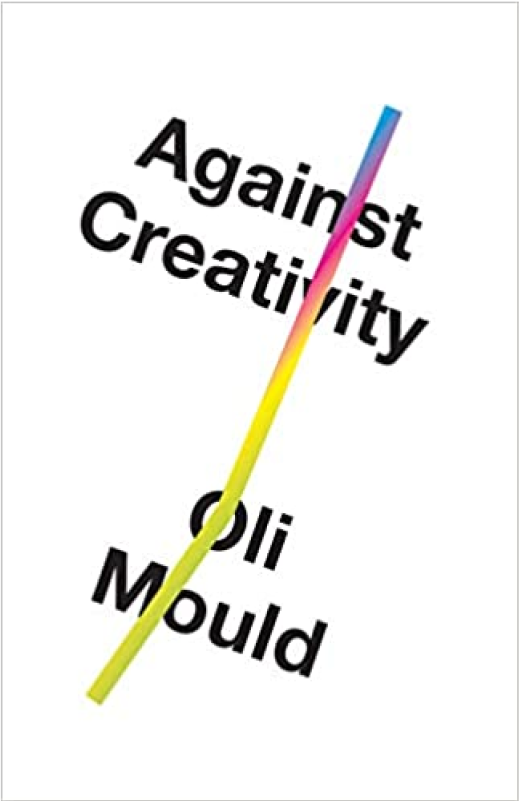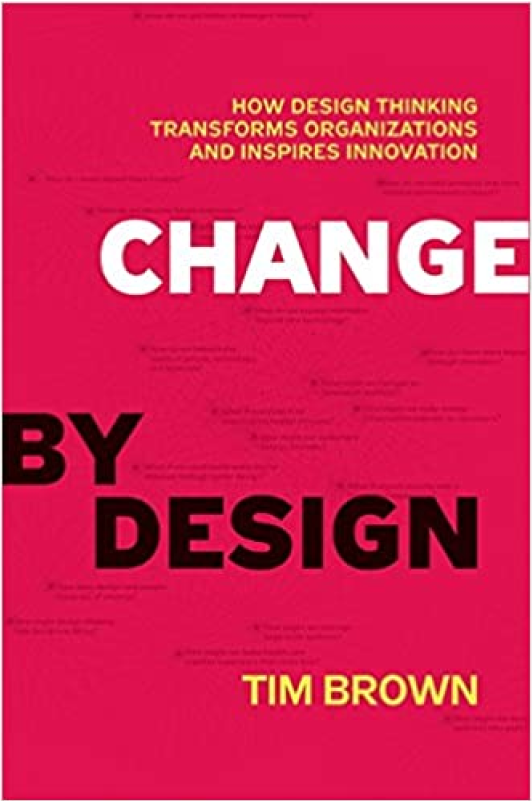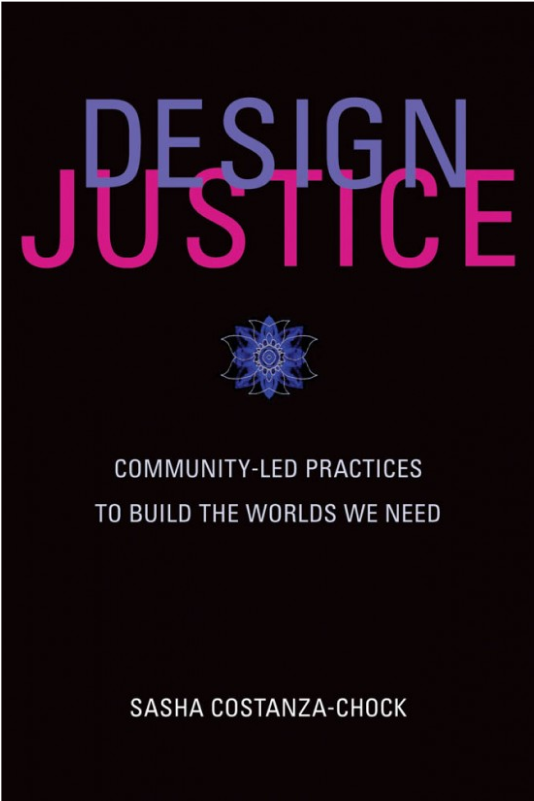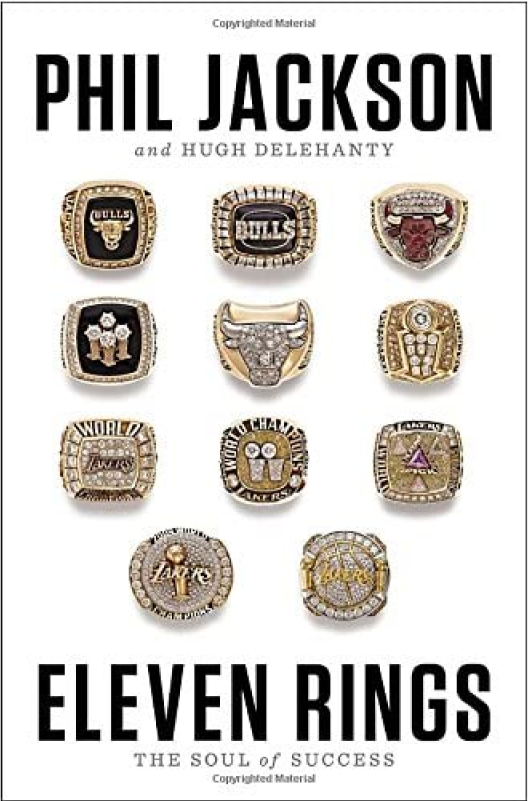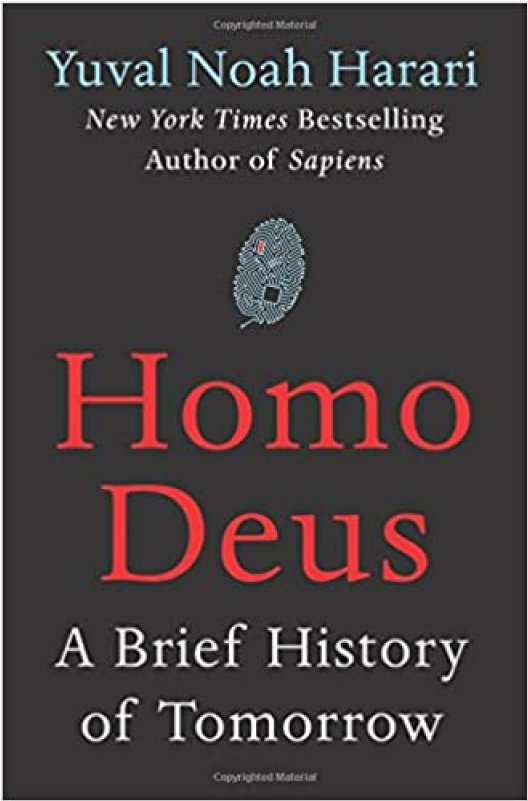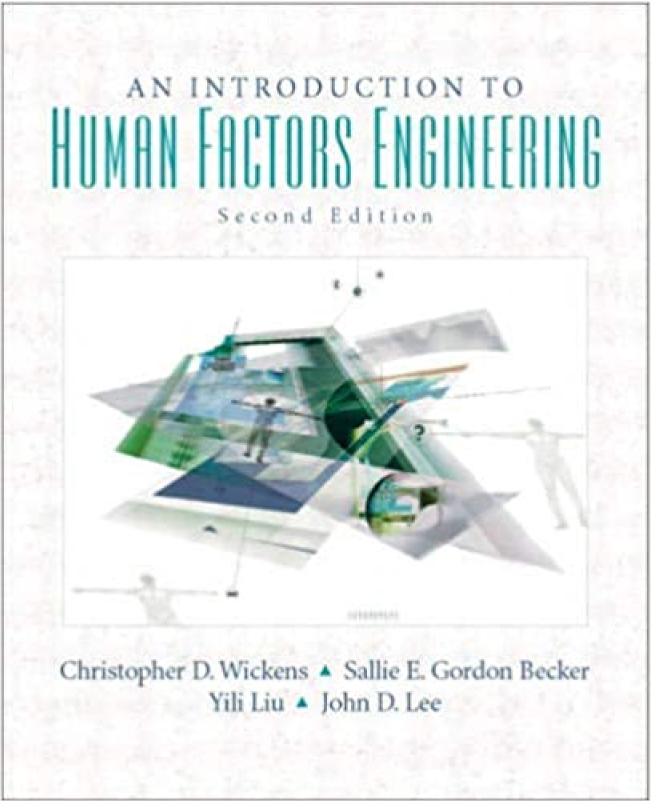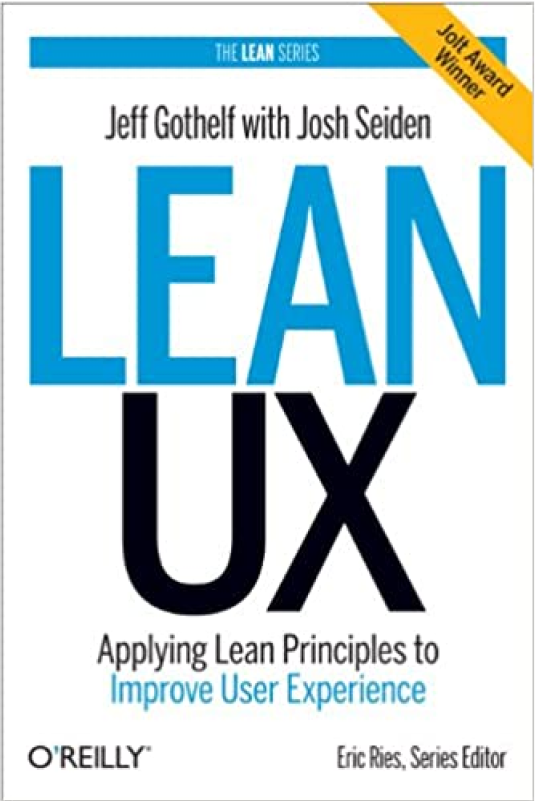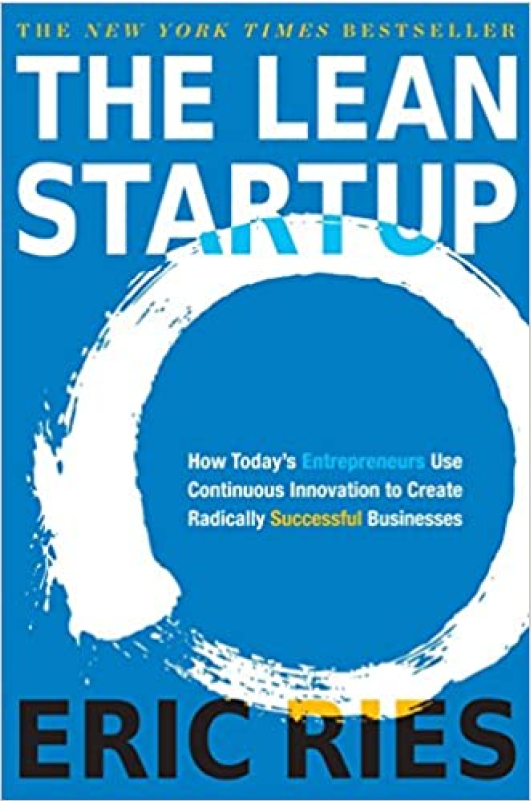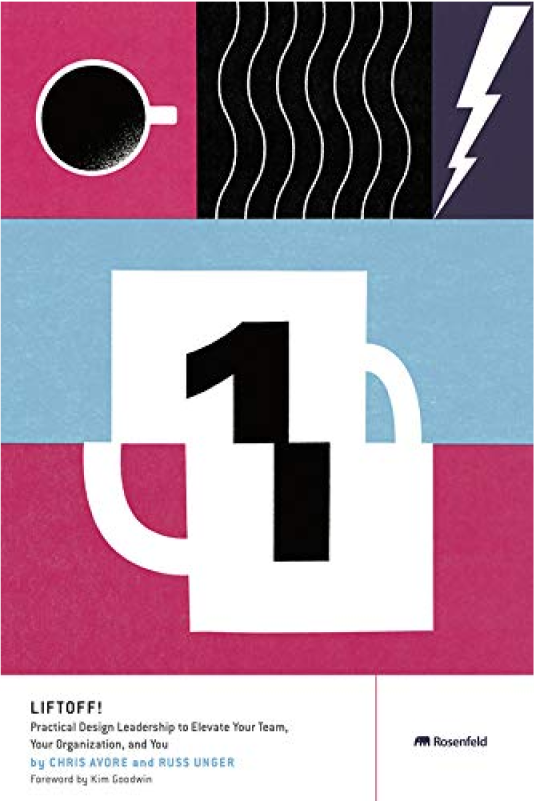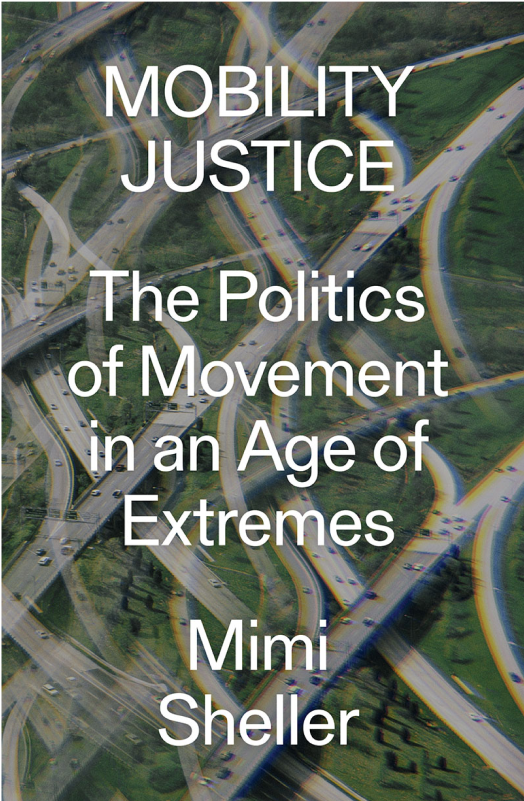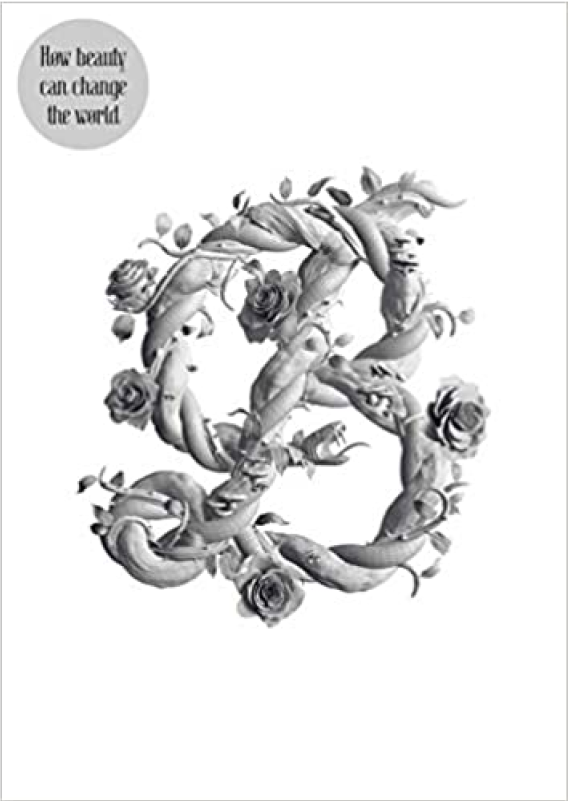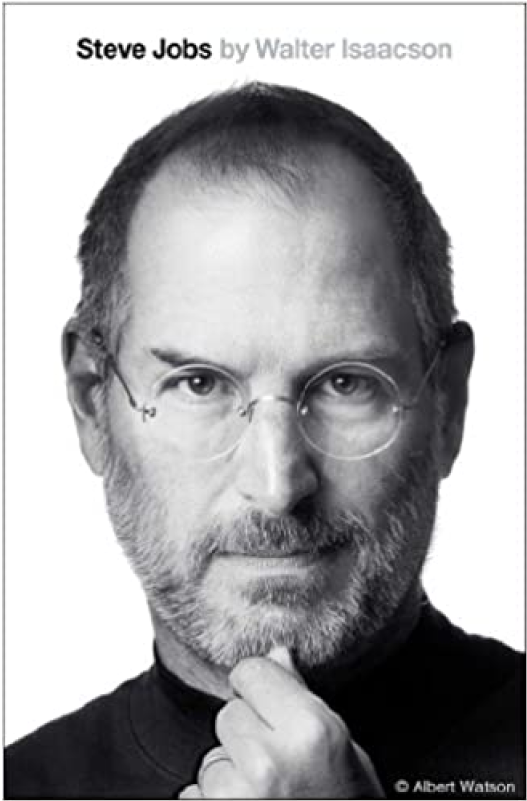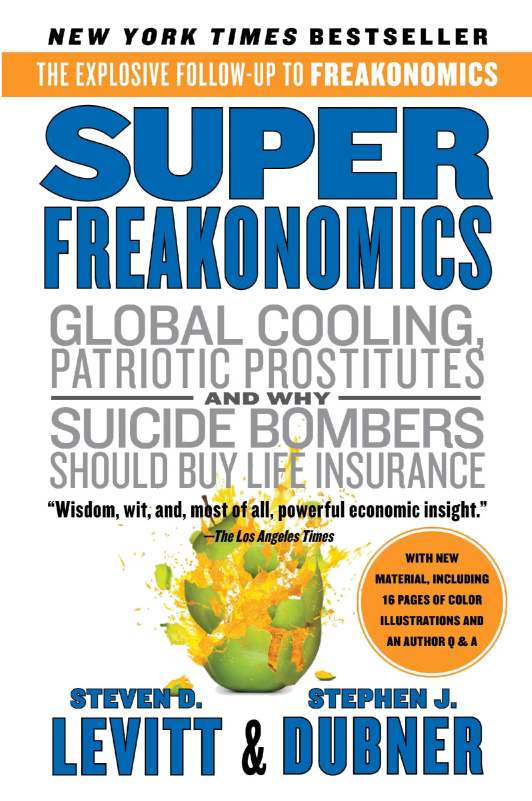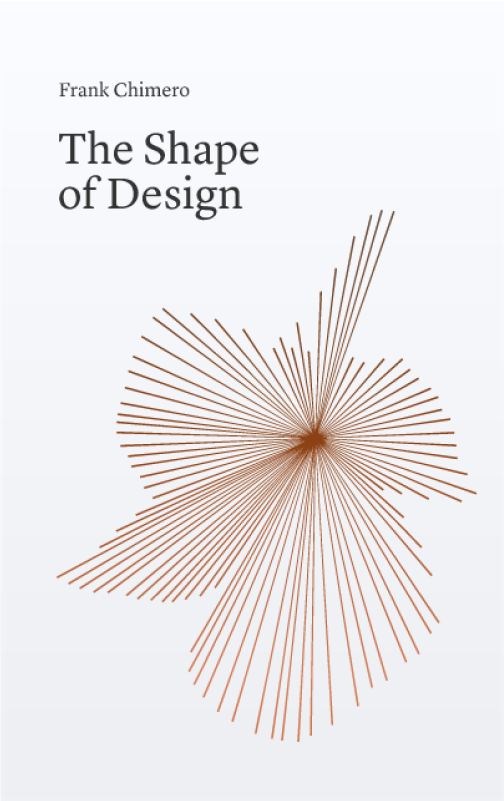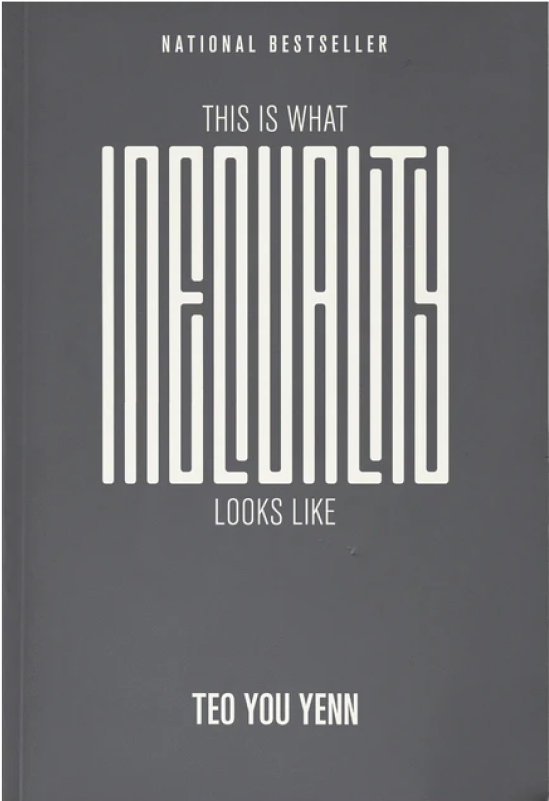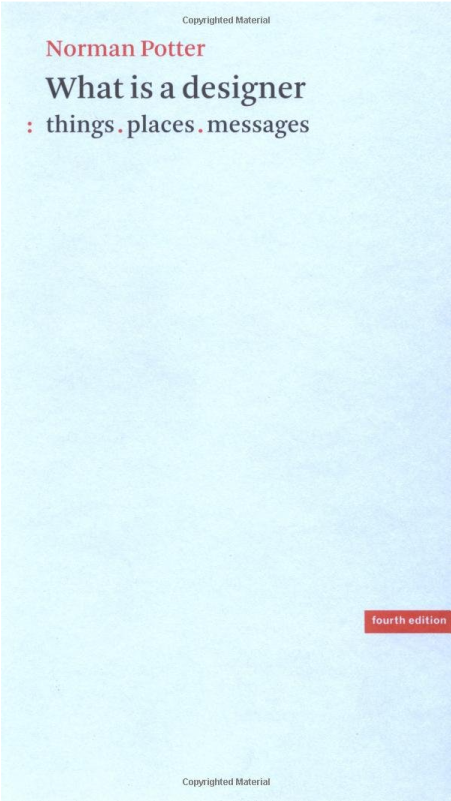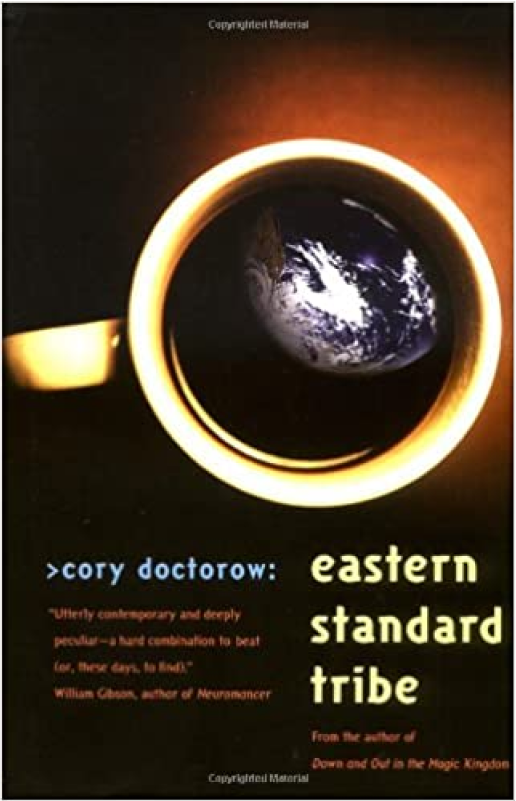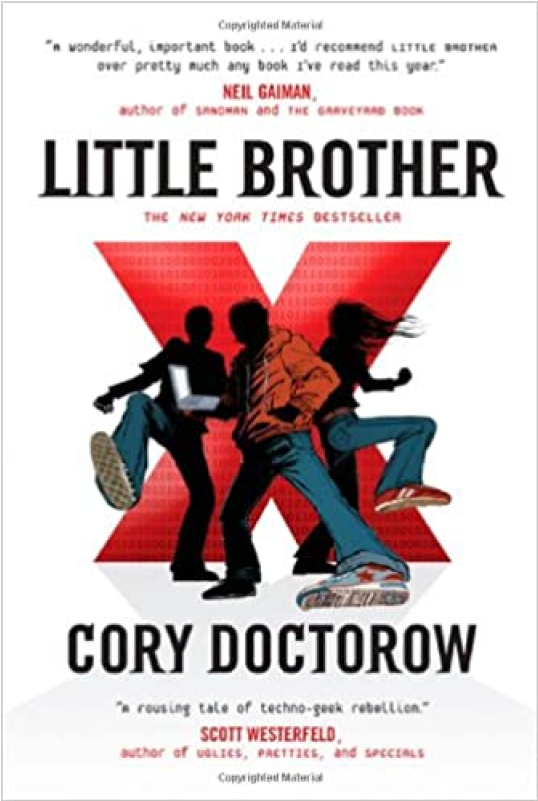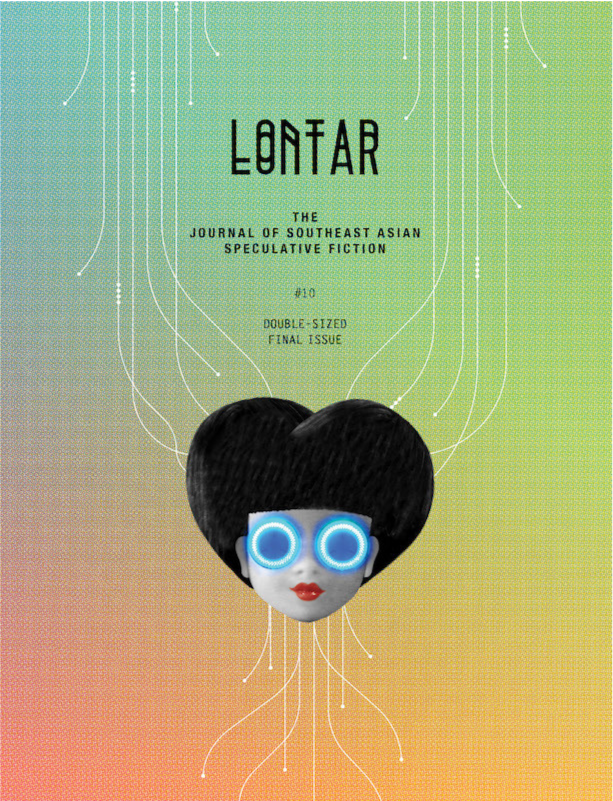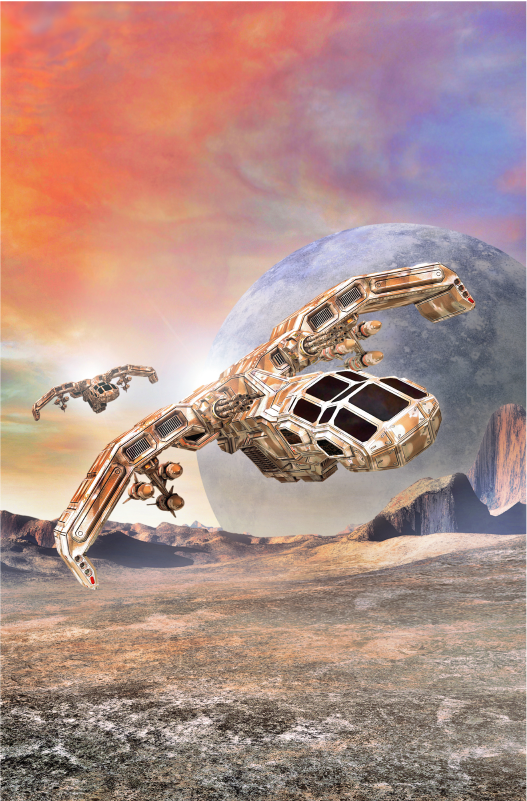When You Casually Ask Designers in Singapore for Book Recommendations
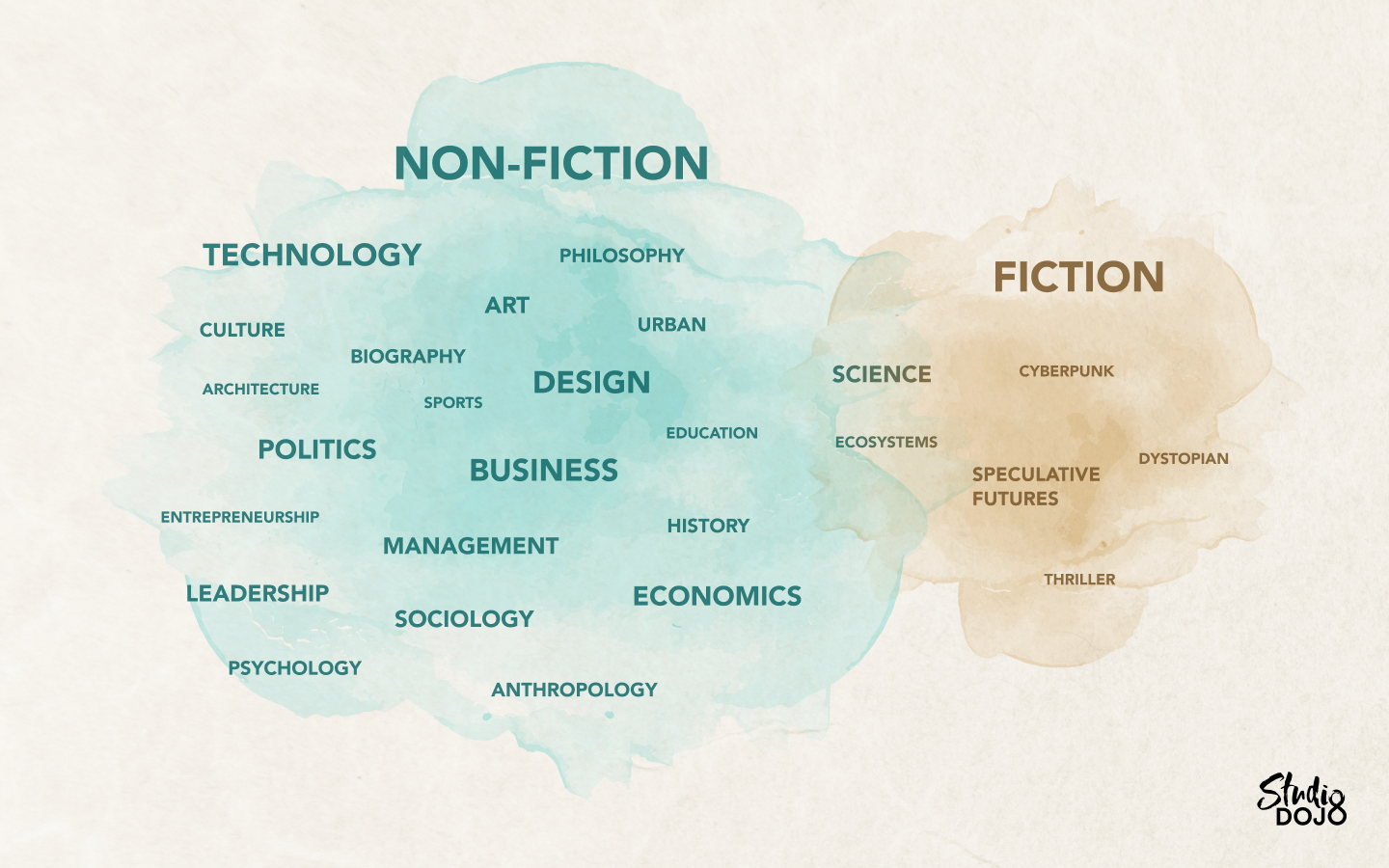
“What’s one or two books you’ve found helpful to you as a designer or even just as a human being living in today’s world?”
I casually asked this question one day on DesignSG, a Telegram group chat consisting of over 1,000 members who are mostly designers based in Singapore.
To my pleasant surprise, I received 20 book recommendations that included both fiction and non-fiction, Western and Asian authors, and that spread across a diversity of genres.
On top of design, business and technology, there were also recommended reading on the human condition – in genres like psychology, sociology, history, culture, living in urban environments, and more. I also loved that recommended fiction included speculative futures, signalling the increasing overlap of the fields of design and futures thinking.
I compiled these 20 recommendations, including some snippets of why they were recommended, into this article here. I hope that you find this as helpful as I have!
Non-fiction
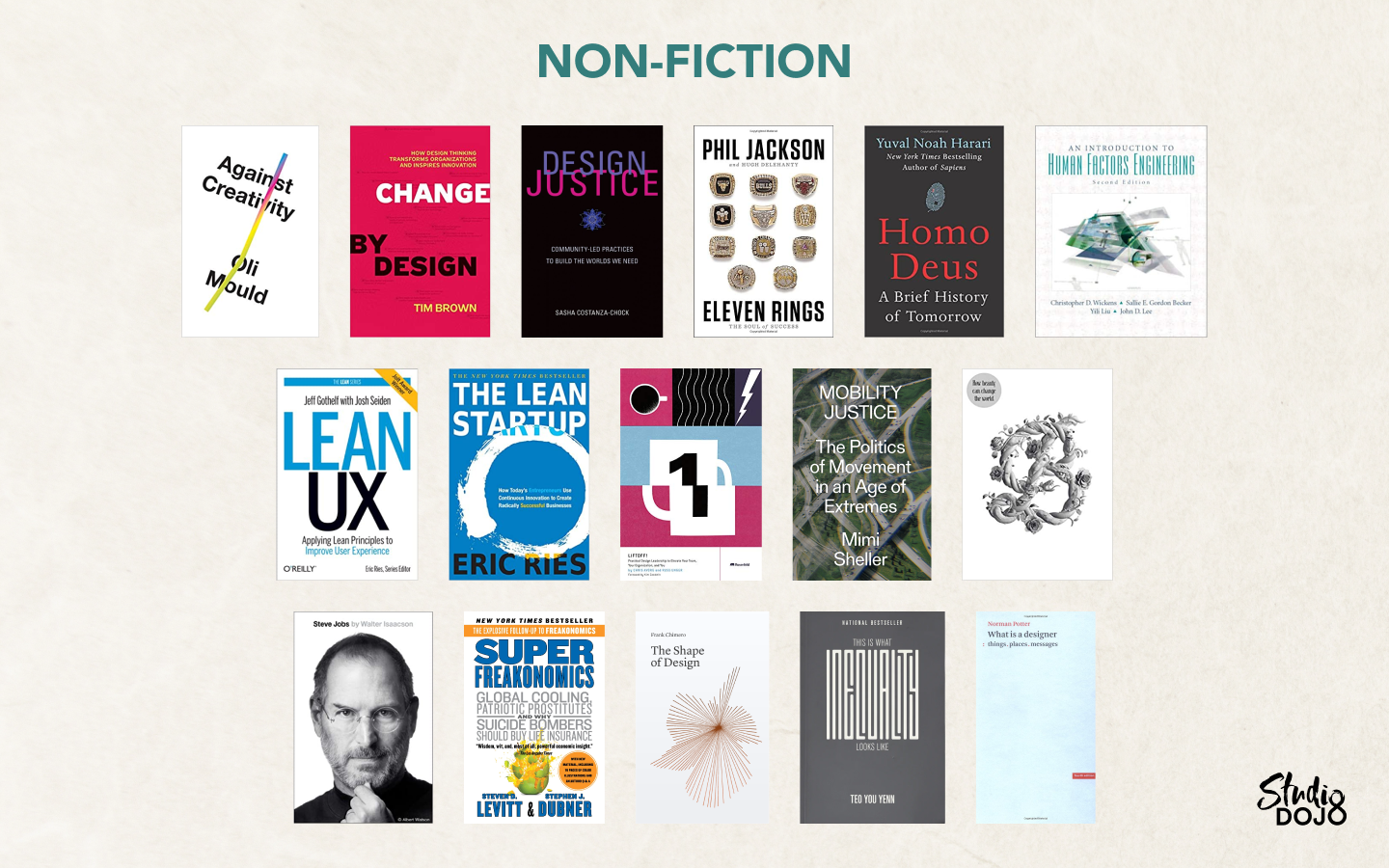
Author: Oli Mould
Year Published: 2018
Why recommended: “A recent one that has an interesting take on design + capitalism.”
Synopsis: From line managers, corporate CEOs, urban designers, teachers, politicians, mayors, advertisers and even our friends and family, the message is ‘be creative’. Creativity is heralded as the driving force of our contemporary society; celebrated as agile, progressive and liberating.
Author: Tim Brown
Year Published: 2009
Why recommended: “If you’re curious about how IDEO uses design thinking to transform organisations.”
Synopsis: The myth of innovation is that brilliant ideas leap fully formed from the minds of geniuses. The reality is that most innovations come from a process of rigorous examination through which great ideas are identified and developed before being realized as new offerings and capabilities.
Author: Sasha Costanza-Chock
Year Published: 2020
Why recommended: “Design in its current form reproduces the matrix of domination by failing to consider intersectional structural inequality. This book is a needed guide to navigate as a designer in an unequal world that we’re complicit in constructing and being constructed by. One of my most important reads as a designer.”
Synopsis: An exploration of how design might be led by marginalized communities, dismantle structural inequality, and advance collective liberation and ecological survival.
Author: Phil Jackson, Hugh Delehanty, Margarita Cavandoli Menendez (Translator)
Year Published: 2013
Why recommended: “Books mentioned in this episode of UX Evening Google.”
Synopsis: During his storied career as head coach of the Chicago Bulls and Los Angeles Lakers, Phil Jackson won more championships than any coach in the history of professional sports. Even more important, he succeeded in never wavering from coaching his way, from a place of deep values.
Author: Yuval Noah Harari
Year Published: 2017
Why recommended: “Quite thought provoking as to how we should design with good intentions.”
Synopsis: Yuval Noah Harari, author of the critically-acclaimed New York Times bestseller and international phenomenon Sapiens, returns with an equally original, compelling, and provocative book, turning his focus toward humanity’s future, and our quest to upgrade humans into gods.
Author: Christopher D. Wickens, Sallie E. Gordon Becker, Yili Liu, John D. Lee
Year Published: 2003
Why recommended: “Books mentioned in this episode of UX Evening Google.”
Synopsis: Offering a somewhat more psychological perspective than other human factors books on the market, this text describes the capabilities and limitations of the human operator―both physical and mental―and how these should be used to guide the design of systems with which people interact.
Author: Jeff Gothelf, Josh Seiden
Year Published: 2012
Why recommended: “More practical reading about UX Design practice. Less fluffy stuff.”
Synopsis: The Lean UX approach to interaction design is tailor-made for today’s web-driven reality. In this insightful book, leading advocate Jeff Gothelf teaches you valuable Lean UX principles, tactics, and techniques from the ground up – how to rapidly experiment with design ideas, validate them with real users, and continually adjust your design based on what you learn.
Author: Eric Ries
Year Published: 2011
Why recommended: “Should give Lean UX a try but shouldn’t read Lean UX without Lean Startup because you get an incomplete view of the framework.”
Synopsis: Most startups fail. But many of those failures are preventable. The Lean Startup is a new approach being adopted across the globe, changing the way companies are built and new products are launched.
Author: Chris Avore, Russ Unger, Deb Aoki (Illustrator), Kim Goodwin (Foreword)
Year Published: 2020
Why recommended: “Books mentioned in this episode of UX Evening Google.”
Synopsis: Liftoff! is your guide to leveling up as a design manager and leader. Its experience–driven approach—written by designers for designers—will help you hire and scale teams, develop careers, learn why diversity matters to your business, and solidify design’s role in your organization.
Author: Mimi Sheller
Year Published: 2018
Why recommended: “Mobility Justice examines inequality through the lens of movement (or the control of movement) starting with the politics of the body, the circulation of people in the cities, across countries and then the flow of energy, resources, money that powers the world. It provides the needed systemic understanding of how the power structure comes to be and permeates every aspect of our life.”
Synopsis: Mobility justice is one of the crucial political and ethical issues of our day. We are in the midst of a global climate crisis and experiencing the extreme challenges of urbanization. In Mobility Justice, Mimi Sheller makes a passionate argument for a new understanding of the contemporary crisis of movement.
Author: Stefan Sagmeister
Year Published: 2018
Why recommended: “Goes against the grain by saying form is just as important as function, or that they go hand in hand.”
Synopsis: In this groundbreaking highly visual book, world-renowned designers Stefan Sagmeister and Jessica Walsh set out on a mission: to find out what beauty is and the many ways that it impacts our lives. They turn to philosophy, history, and science to understand why we are drawn to beauty and how it influences the way we feel and behave.
Author: Walter Isaacson
Year Published: 2011
Why recommended: “Just to learn the history behind Apple (and a little of Pixar) to understand why Apple works.”
Synopsis: Based on more than forty interviews with Steve Jobs conducted over two years – as well as interviews with more than 100 family members, friends, adversaries, competitors, and colleagues – Walter Isaacson has written a riveting story of the roller-coaster life and searingly intense personality of a creative entrepreneur whose passion for perfection and ferocious drive revolutionized six industries…
Author: Steven D. Levitt, Stephen J. Dubner
Year Published: 2009
Why recommended: “Popular psychology and economics to understand a little about how humans behave/think.”
Synopsis: Four years in the making, SuperFreakonomics asks not only the tough questions, but the unexpected ones: What’s more dangerous, driving drunk or walking drunk? Why is chemotherapy prescribed so often if it’s so ineffective? Can a sex change boost your salary?
Author: Frank Chimero
Year Published: 2012
Why recommended: “A poetic and exquisite book about what makes good design. It’s therapy for anyone who’s ever fallen in love with the act of making and indispensable read for creators in any discipline. I re-read this book almost every year, to remind myself of why I do what I do in the first place.”
Synopsis: The Shape of Design is an odd little design book. Instead of talking about typography, grids, or logos, it focuses on storytelling, co-dependency, and craft. It tries to supplement the abundance of technical talk and how-to elsewhere by elevating why great work is done. Shape is a book about objectives, and it zooms out to answer a couple big questions: How does it feel to make things for other people? And how can we do so in a meaningful, engaged way?
Author: Teo You Yenn
Year Published: 2018
Why recommended: “This book is the gateway read to a deeper understanding of the Singapore society, uncovering the many layers of intersecting inequalities, debunking the myths of meritocracy amongst others. Written in accessible language, this book will help ground your understanding of inclusivity and equity in the local context.”
Synopsis: What is poverty? What is inequality? How are they connected? How are they reproduced? How might they be overcome? Why should we try? The way we frame our questions shapes the way we see solutions.
Author: Norman Potter
Year Published: 1999
Why recommended: “This book challenges one’s notion of what a designer does (in layman terms in some parts). The writer also points out caveats in which the pointers made the book may not apply to, allowing for constant reflection of the reader, especially after its first print in 1969. A good book for all designers to refer to when they need a constant reminder of why they do what we they.”
Synopsis: Combining a wide-ranging discussion of the major issues of design with detailed and practical information, Norman Potter looks at the possibilities and limits of design, considers the designer as artisan and as artist, and asks: “What is good design?” What is a Designer prompts its readers to think and act for themselves.
Fiction
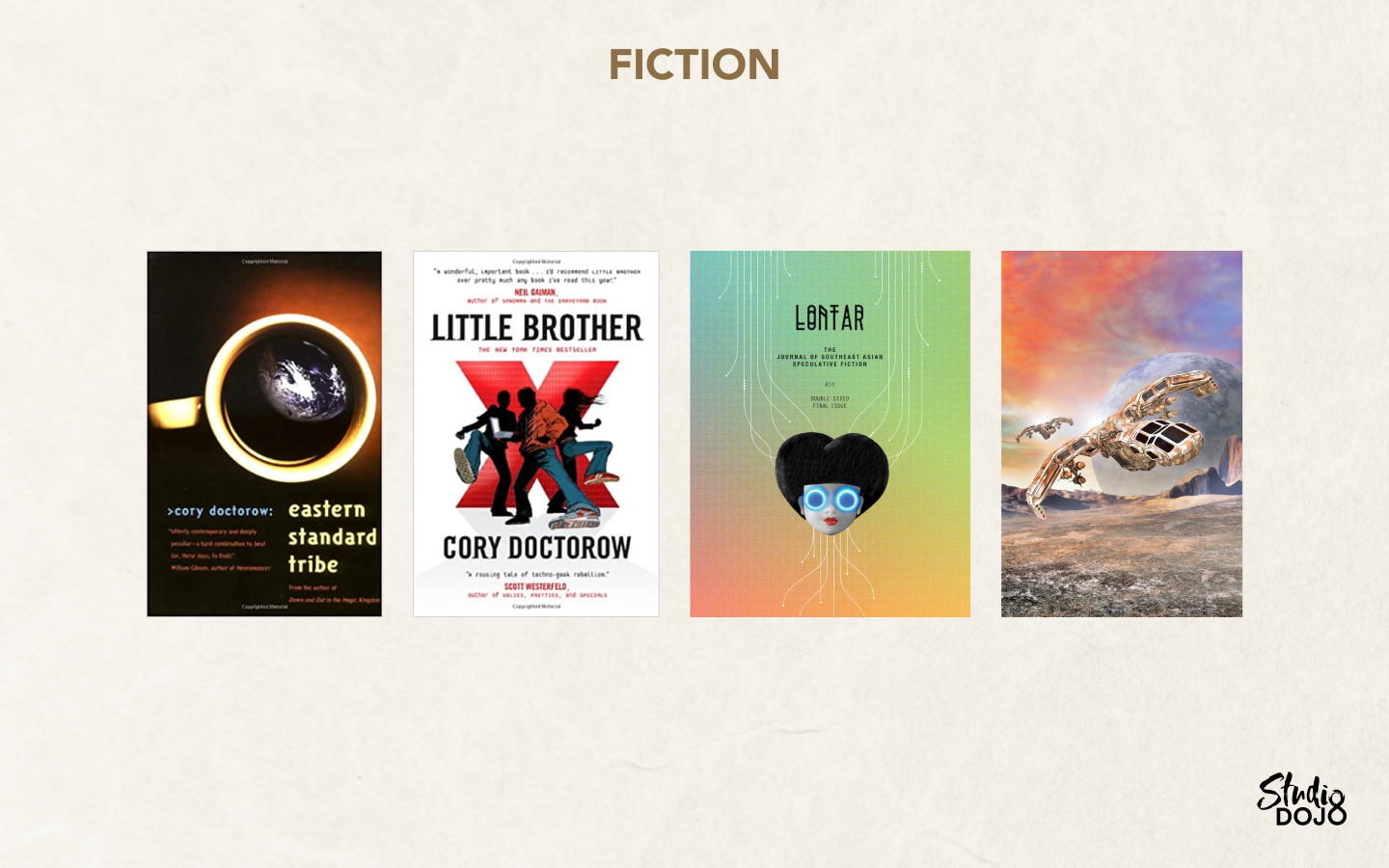
Author: Cory Doctrow
Year Published: 2004
Why recommended: “How well he describes hackerspaces and makerspaces in his fiction, and brings in very diverse cast of characters using tech. What I learnt is that you basically can’t predict how bad your ‘good’ product can be in the world, and there are many unintended uses and users of any product you put out.”
Synopsis: Art is an up-and-coming interface designer, working on the management of data flow along the Massachusetts Turnpike. He’s doing the best work of his career and can guarantee that the system will be, without a question, the most counterintuitive, user-hostile piece of software ever pushed forth onto the world. Why? Because Art is an industrial saboteur.
Author: Cory Doctrow
Year Published: 2008
Why recommended: “How well he describes hackerspaces and makerspaces in his fiction, and brings in very diverse cast of characters using tech. What I learnt is that you basically can’t predict how bad your ‘good’ product can be in the world, and there are many unintended uses and users of any product you put out.”
Synopsis: Marcus, a.k.a “w1n5t0n,” is only seventeen years old, but he figures he already knows how the system works–and how to work the system. Smart, fast, and wise to the ways of the networked world, he has no trouble outwitting his high school’s intrusive but clumsy surveillance systems.
Author: Jason Erik Lundberg (Founding Editor)
Why recommended: “Lontar’s stories tend to situate future technology, science fiction, and fantasy within Southeast asian historical, social and political contexts. Isn’t it boring to always read sci-fi stories that happen overseas and deal with US or UK concerns?”
About: LONTAR is the world’s only biannual literary journal focusing on Southeast Asian speculative fiction. The journal was founded in 2012, in order to spread awareness of this literature to readers who might not normally be exposed to it, and to celebrate its existence and diversity within the region. Issue #10, published in May 2018, is our final issue.
Author: Ken Liu
Year published: 2020
Why recommended: “He critiques the tech industry’s drive for designing products that are efficient within a limited scope but overlooking how it creates huge negative secondary impacts on the ecosystems as a whole.”
About: This short story is published in Issue 6 of Future, a science fiction digest. It originally appeared in Robots vs. Fairies edited by Navah Wolfe and Dominik Parisien, Saga Press.
I hope this list of books has been useful to you. I would love to continue building this collection, so do leave a comment if there are books that you would recommend too!


